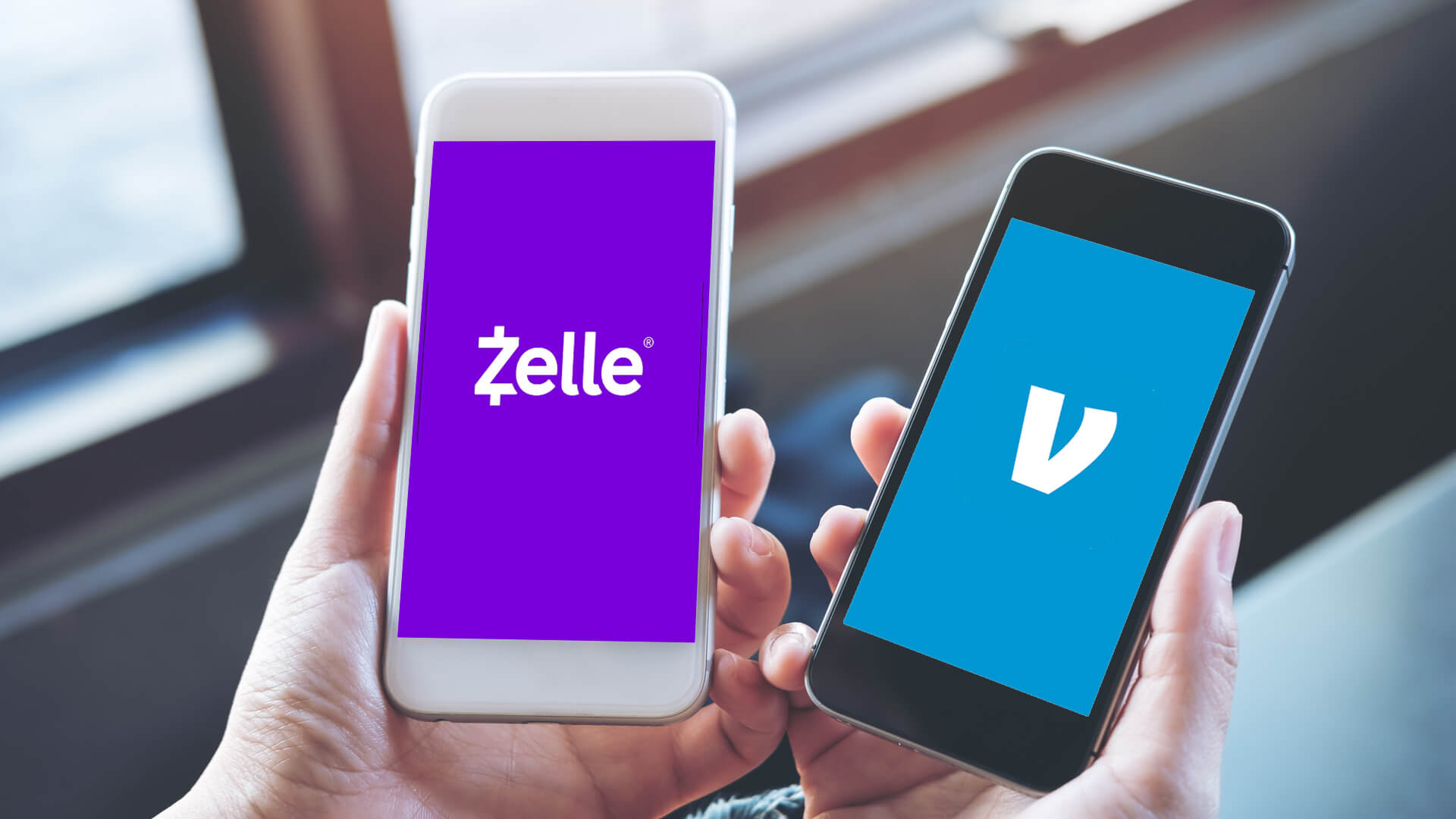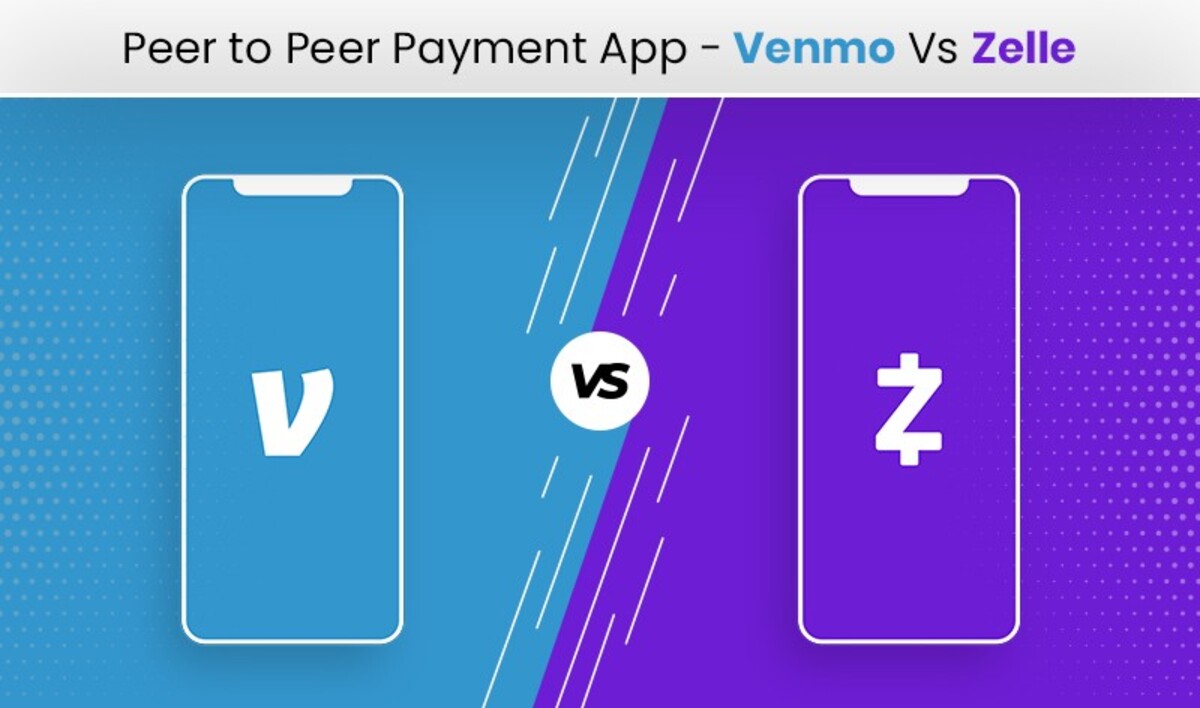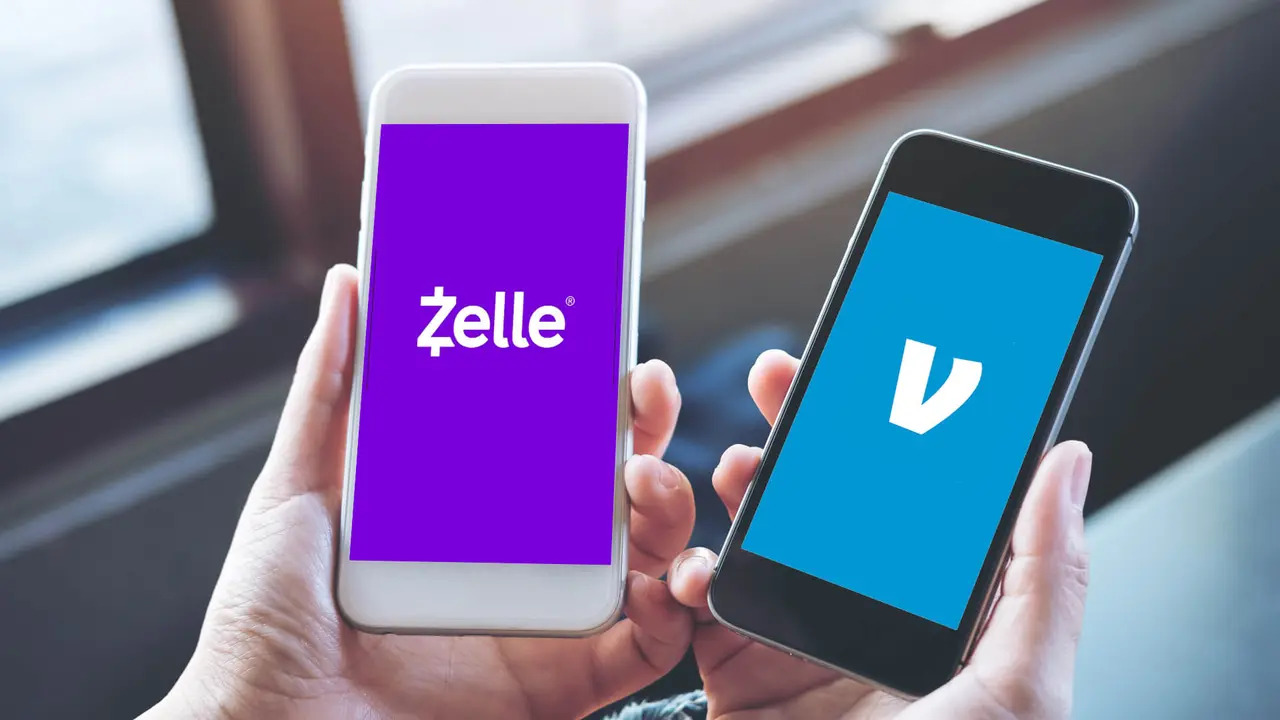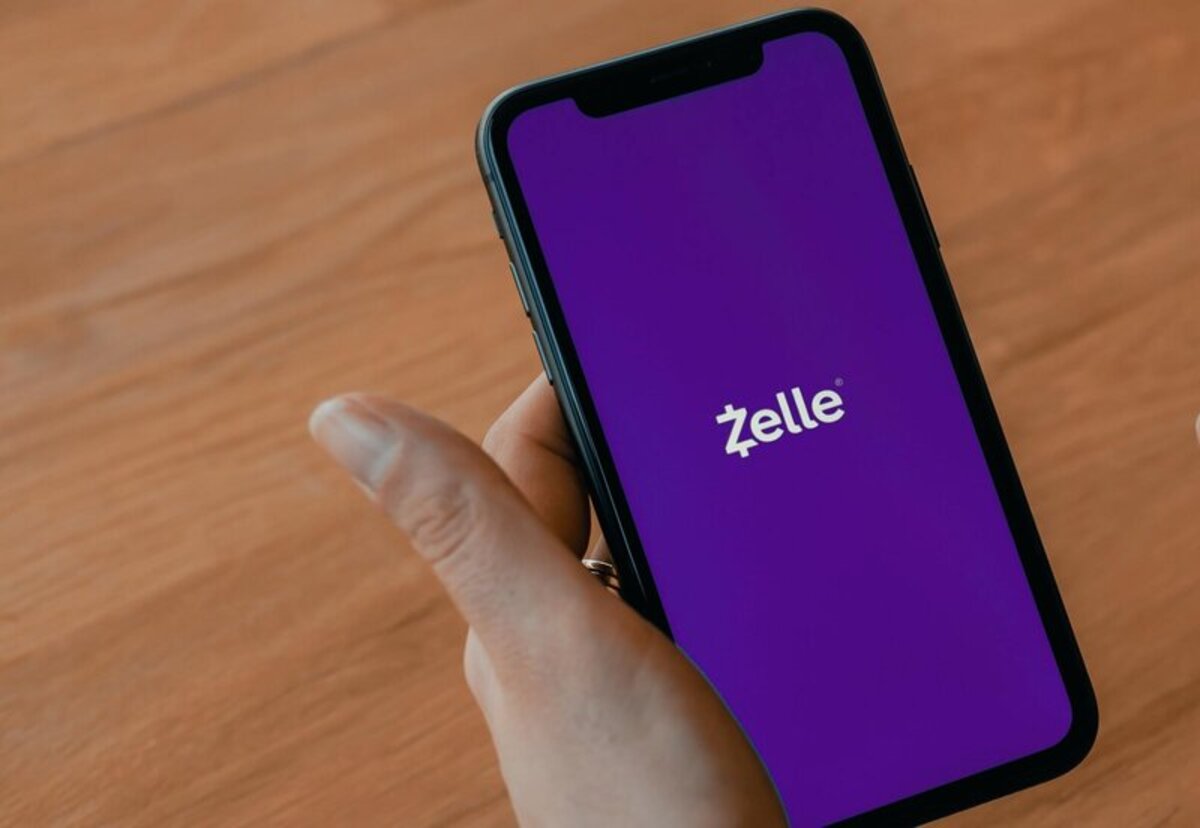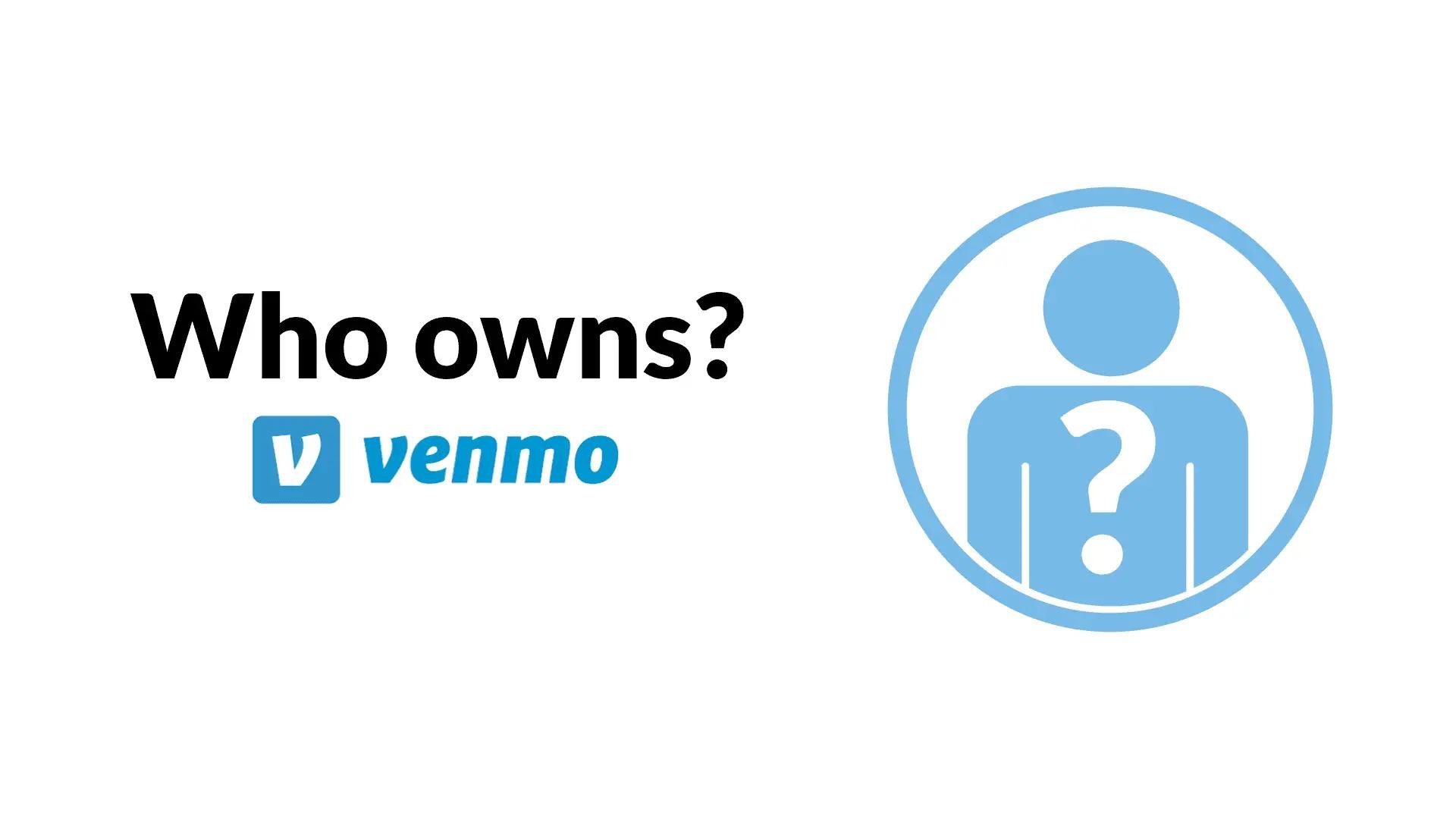Introduction
Money transfers have evolved considerably over the past decade, thanks to advancements in technology. With the rise of mobile banking and digital payment platforms, sending and receiving money has become easier and more convenient than ever before. Two popular options in the United States are Venmo and Zelle.
Venmo and Zelle are both digital payment services that allow users to send money to friends, family, or anyone else with a bank account or a mobile phone number. While they serve a similar purpose, there are notable differences between the two in terms of functionality, accessibility, security, and transaction speed.
Whether you’re splitting the bill at a restaurant, paying your share of rent, or sending money to a loved one, it’s important to choose the right payment platform. In this article, we will compare Venmo and Zelle to help you make an informed decision about which one is better suited to meet your needs.
Before diving into the details, it’s worth noting that both Venmo and Zelle require users to have a bank account. Additionally, Venmo is owned by PayPal, while Zelle is owned by Early Warning Services, LLC, a consortium of major U.S. banks. Understanding these factors can provide valuable insight into the background and credibility of each platform.
What is Venmo?
Venmo is a popular peer-to-peer payment service that allows users to send and receive money easily through their mobile devices. Launched in 2009 and acquired by PayPal in 2013, Venmo has gained significant traction, particularly among millennials, for its user-friendly interface and social networking features.
With Venmo, users can link their bank accounts, credit cards, or debit cards to their Venmo account, allowing for seamless transfer of funds. The app also provides a social aspect, enabling users to share payment activity and interact with friends through comments and emojis.
One of the key features that sets Venmo apart is its transactional social feed. This feed allows users to see who their friends are paying and what they are paying for, creating a sense of transparency and social connection. Additionally, Venmo enables users to split bills and expenses easily, making it ideal for group activities such as dining out or sharing costs for a trip.
Furthermore, Venmo offers a “Venmo Card” that allows users to link their Venmo account to a physical debit card. This provides the convenience of using Venmo for in-person purchases at retail locations that accept Mastercard.
It’s important to note that Venmo has some limitations. The maximum amount you can send or receive with Venmo is initially capped at $299.99 per week, but this limit can be increased to $4,999.99 by verifying your account information. Additionally, while Venmo provides a level of buyer and seller protection, it is primarily meant for person-to-person transactions rather than for purchasing goods or services from businesses.
What is Zelle?
Zelle is a digital payment platform that allows users to send and receive money directly from their bank accounts. Unlike Venmo, which focuses on the social aspect of payments, Zelle emphasizes speed and convenience in facilitating transactions.
Managed by Early Warning Services, LLC, Zelle is backed by a consortium of major U.S. banks, including Bank of America, JPMorgan Chase, and Wells Fargo. This partnership ensures that Zelle is integrated with a wide range of banks, making it accessible to a large number of users across the country.
One of the key features of Zelle is the ability to send money instantly, as long as both the sender and the recipient have registered their accounts with Zelle. This eliminates the need for third-party transfers or waiting for funds to be deposited into a separate account.
To use Zelle, users can link their bank accounts to their Zelle account, and then initiate transfers using either the Zelle mobile app or through their online banking interface. The recipient receives the money directly into their bank account, eliminating the need for additional steps or fees.
Another advantage of Zelle is its wide network of participating banks. Since Zelle is integrated with major financial institutions, users can send money to friends or family members who bank with different institutions seamlessly. This streamlines the payment process and eliminates the hassle of navigating between different payment platforms.
It’s worth noting that Zelle is primarily designed for person-to-person transactions, rather than for purchasing goods or services from businesses. Additionally, Zelle doesn’t have social features like a transaction feed or the ability to leave comments or share payment activity. However, its focus on simplicity and efficiency makes it an appealing choice for those who prioritize fast and secure money transfers.
Similarities between Venmo and Zelle
Despite their differences, Venmo and Zelle share some similarities in terms of their basic functions and features. Let’s explore the commonalities that users can expect from both platforms:
1. Bank Account Integration: Both Venmo and Zelle require users to link their bank accounts to their respective accounts. This facilitates easy transfer of funds between the user’s bank account and the payment platform.
2. Mobile Apps: Venmo and Zelle are predominantly mobile-based payment platforms. Users can easily download the Venmo and Zelle apps on their smartphones and carry out transactions on the go.
3. User Verification: To ensure security and prevent fraud, both Venmo and Zelle implement user verification. Users are typically required to provide personal information and complete verification steps to authenticate their identity.
4. Transaction Notifications: Both platforms send notifications to users for each transaction they initiate or receive. This allows users to stay updated on the status of their payments.
5. Splitting Expenses: Venmo and Zelle offer the option to split expenses among friends or groups. This feature is particularly useful for dividing the costs of dining out, rent, or other shared expenses.
6. Zero Fees for Standard Transactions: Both platforms don’t charge any fees for standard transactions. Sending money from a linked bank account or receiving money into the account are typically free of charge.
7. Accessibility: Venmo and Zelle can be accessed by users across the United States. Although the availability of Zelle may vary depending on individual bank partnerships, it is widely supported by major financial institutions.
8. Online Banking Integration: Zelle integrates directly with the online banking interfaces of participating banks, allowing users to initiate transfers directly from their bank’s website or app.
While these similarities provide a foundation for convenient and efficient money transfers, it’s important to consider the differences between Venmo and Zelle to determine which platform aligns best with your specific needs and preferences.
Differences between Venmo and Zelle
Although Venmo and Zelle are both digital payment platforms, they have distinct differences that set them apart. Understanding these differences can help you choose the platform that suits your preferences and requirements. Let’s explore the disparities between Venmo and Zelle:
1. User Interface and Social Features: Venmo takes a social approach to payments, providing users with a transactional social feed where they can see their friends’ payment activity and leave comments. In contrast, Zelle focuses on simplicity and speed, with a straightforward interface that prioritizes the payment process without social features.
2. Transaction Speed: Zelle offers near-instantaneous transfers between participating banks, allowing users to send and receive money within minutes. Venmo, on the other hand, typically takes one to three business days to transfer funds from a linked bank account.
3. Payment Limits: Venmo initially imposes a weekly sending limit of $299.99, which can be increased to $4,999.99 per week by verifying your account information. Zelle does not have specific limits imposed by the platform, but individual banks may have their own transaction limits.
4. Fee Structure: While both Venmo and Zelle offer free transactions for standard transfers between linked bank accounts, Venmo imposes fees for specific transactions. Venmo charges a fee of 3% for credit card transactions and for instant transfers to a linked debit card, whereas Zelle does not charge any fees for comparable transactions.
5. Third-Party Integration: Venmo offers integration with various third-party apps and online platforms, allowing users to make payments or split bills within those apps. Zelle, on the other hand, is primarily integrated within participating banks’ own apps or online banking interfaces, limiting its direct integration with third-party platforms.
6. Business Transactions: Venmo extends its services to business transactions, enabling users to make payments to approved sellers for goods and services. Zelle, on the other hand, is primarily designed for person-to-person transactions and does not emphasize business transactions.
7. Ownership and Backing: Venmo is owned by PayPal, a well-established and widely recognized payment processing company. Zelle, however, is a partnership among major U.S. banks, ensuring its backing and support from the banking industry.
By considering these differences, you can determine which features and functionalities are most important to you, and choose the payment platform that aligns best with your needs.
User-Friendliness Comparison
When comparing user-friendliness, both Venmo and Zelle offer intuitive interfaces that make sending and receiving money relatively straightforward. However, there are notable differences in their user experiences:
Venmo: Venmo is known for its user-friendly and visually appealing interface. The app employs a social approach, featuring a transactional feed that allows users to see their friends’ payment activity and engage with comments and emojis. This social aspect adds a sense of fun and personal connection to the payment process. Additionally, Venmo’s split payment feature makes it easy to divide expenses among friends or groups, simplifying bill splitting and shared expenses.
Zelle: Zelle, on the other hand, focuses on simplicity and efficiency. Its interface is straightforward and streamlined, prioritizing the speed and convenience of money transfers without the social aspects found in Venmo. Users can easily navigate through the Zelle app or initiate transfers directly from their participating bank’s online banking interface. This makes it a user-friendly option for those who prefer a more straightforward and no-frills payment experience.
Accessibility: Both Venmo and Zelle offer mobile apps for iOS and Android devices, making them accessible to a wide range of users. Additionally, Zelle is integrated directly into participating banks’ websites and mobile banking apps, allowing users to initiate transfers seamlessly through their existing banking interfaces. This accessibility makes it convenient for users who are already familiar with their bank’s online banking platforms.
Learning Curve: Venmo’s social feed and additional features may appeal to users who enjoy a more interactive and engaging experience. However, some users may find it slightly more complex to navigate initially due to the additional social elements. Zelle, on the other hand, prioritizes simplicity and ease of use, resulting in a shorter learning curve and a more straightforward payment process.
Ultimately, the choice between Venmo and Zelle in terms of user-friendliness depends on individual preferences and needs. Those who prefer a visually engaging and social payment experience may find Venmo more appealing, while users seeking a streamlined and efficient payment process may gravitate towards Zelle.
Security Comparison
Ensuring the security of financial transactions is of utmost importance when choosing a digital payment platform. Both Venmo and Zelle take steps to protect user information and provide a secure payment environment, but there are differences in their approach to security:
Venmo: Venmo implements several security features to protect user accounts and transactions. The platform uses encryption technology to secure users’ personal and financial information. Venmo also offers two-factor authentication, adding an extra layer of security by requiring a verification code along with the user’s password when logging in from new devices or making certain types of transactions.
Furthermore, Venmo has buyer and seller protection policies in place, providing users with added peace of mind when making purchases or selling goods and services. These policies help resolve disputes and protect against fraudulent transactions. However, it’s worth noting that Venmo’s buyer and seller protection primarily applies to transactions involving approved merchants, and individual peer-to-peer transactions may have limited protection.
Zelle: Zelle also prioritizes security in its platform. The service employs encryption protocols to safeguard users’ personal and financial data. Additionally, because Zelle is integrated directly with participating banks, it leverages the security measures already implemented by those financial institutions to ensure the safety of transactions.
It’s important to note that Zelle’s transfers are typically irreversible once initiated. This means that users should exercise caution and verify the recipient’s information before sending money to ensure accuracy and avoid potential issues.
Both Venmo and Zelle strongly advise users to enable security features on their devices, such as PIN codes or biometric authentication, to add an extra layer of protection to access their payment apps.
While both platforms take security seriously, it’s essential for users to maintain safe practices when using any digital payment service. This includes regularly updating passwords, avoiding sharing sensitive information, and monitoring account activity for any suspicious transactions.
Users should also familiarize themselves with the specific security policies and guidelines of the payment platform they choose and stay vigilant in protecting their personal and financial information.
In the end, when it comes to security, both Venmo and Zelle have measures in place to protect user data and transactions. However, it is always advisable for users to be cautious and take necessary precautions to maintain the security of their digital payment activities.
Transaction Speed Comparison
The speed of transactions is an important factor to consider when choosing a digital payment platform. Both Venmo and Zelle offer different transaction speeds, which can influence the convenience and efficiency of your money transfers:
Venmo: Venmo typically takes one to three business days to complete a standard transfer from a linked bank account. This means that once a user initiates a transfer, it may take a few days for the funds to be deposited into the recipient’s account. However, Venmo provides an option for instant transfers to a linked debit card for a small fee, which allows users to receive the money immediately.
It’s important to note that the availability of instant transfers may vary depending on the user’s bank and other factors. Additionally, there may be transaction limits imposed by Venmo for both standard and instant transfers. Verifying your account can potentially increase these limits.
Zelle: Zelle offers near-instantaneous transfers between participating banks. When both the sender and recipient have registered their accounts with Zelle, the funds can be transferred and received within minutes. This eliminates the waiting period typically associated with bank transfers or third-party payment processing.
It’s worth noting that transaction speed with Zelle can depend on factors such as the participating banks involved and their processing times. In some cases, delays may occur if one of the banks involved in the transfer does not support immediate processing.
The fast transaction speed of Zelle makes it a desirable option for users who prioritize quick and instant money transfers. Venmo, on the other hand, may be suitable for users who can wait a few days for funds to be transferred and prefer a balance of convenience and cost-effectiveness.
It’s important to check the specific transaction speed and availability with your bank and the payment platform to understand any potential delays or limitations that may apply to your transfers.
Ultimately, the transaction speed of Venmo and Zelle can significantly impact the timeliness and convenience of your digital payments. Considering your specific needs and urgency for funds can help you determine which platform is better suited to your requirements.
Fees Comparison
Understanding the fee structure of a digital payment platform is essential in determining its overall cost-effectiveness. Both Venmo and Zelle offer different fee structures, which can significantly impact your financial transactions:
Venmo: Venmo has a fee structure that users should be aware of. Standard transfers from a linked bank account or received funds into the account are generally free of charge. However, Venmo imposes a 3% fee for credit card transactions, as well as for instant transfers to a linked debit card. This fee for instant transfers allows users to receive the money immediately, but some users may find the associated cost to be a disadvantage.
It’s important to note that Venmo’s fee structure applies primarily to specific transactions, such as instant transfers or credit card transactions. Standard transfers to and from linked bank accounts remain free of charge.
Zelle: Zelle, in contrast, generally does not charge any fees for transactions. Sending money to a recipient’s linked bank account or receiving funds into your own account is typically free of charge. However, it’s worth noting that individual banks may have their own policies and fees for certain types of transfers or account-related services, so it’s advisable to check with your bank for any potential charges.
Comparatively, Zelle’s fee-free structure makes it an attractive option for users looking to avoid additional costs associated with their digital money transfers. With Zelle, you can typically send and receive money without incurring any direct fees from the platform itself.
When considering the fees associated with both platforms, it’s vital to take into account your specific transaction needs. If you frequently require instant transfers or tend to use credit cards for payments, Venmo’s fee structure should be factored in. For users who prioritize cost-effectiveness and want to avoid transaction fees as much as possible, Zelle’s fee-free structure may be the preferred choice.
Furthermore, it should be noted that other fees, such as returned transaction fees or fees associated with overdrafts, may be imposed by your bank or financial institution for both Venmo and Zelle. These fees and charges would not be specific to the payment platforms themselves but would depend on the policies of the individual banks involved in the transactions.
By understanding and comparing the fee structures of Venmo and Zelle, you can make an informed decision about which platform aligns with your financial preferences and offers the most cost-effective solution for your digital payments.
Accessibility Comparison
Accessibility is an important factor to consider when choosing a digital payment platform. Both Venmo and Zelle offer accessibility in terms of device compatibility and availability, but there are differences in their reach and integration:
Venmo: Venmo is accessible through its dedicated mobile app, available for both iOS and Android devices. This allows users to conveniently send and receive money on the go using their smartphones or tablets. Venmo also offers a web interface, allowing users to access their accounts and perform transactions using a web browser on a computer or laptop.
In terms of availability, Venmo is widely accessible across the United States. It is a popular choice among millennials and has gained significant traction, making it easily recognizable and widely used among peer groups.
Furthermore, Venmo offers integration with various third-party apps and online platforms. This means that users can make payments or split bills directly within those apps, streamlining the payment experience and eliminating the need to switch between multiple applications.
Zelle: Zelle is accessible through its dedicated mobile app, which is available for both iOS and Android devices. Users can easily download and install the Zelle app on their smartphones or tablets to send and receive money. Additionally, Zelle is integrated directly into the online banking interfaces of participating banks, enabling users to initiate transfers without needing a separate app.
In terms of availability, Zelle’s reach is dependent on the participating banks. Zelle is integrated with a wide network of major U.S. banks, making it widely accessible to users across the country. As long as your bank participates in the Zelle network, you can access the service through your bank’s online banking platform or mobile app.
It’s important to note that Zelle’s integration with participating banks provides a seamless experience for users who are already familiar with their bank’s online banking interface. There’s no need to download a separate app or create a new account.
When considering accessibility, it’s worth noting that Venmo’s widespread popularity and integration with third-party apps may provide a more familiar and convenient experience for some users. On the other hand, Zelle’s integration into participating bank apps offers a streamlined experience for users already using their bank’s digital platforms.
Ultimately, the choice between Venmo and Zelle in terms of accessibility depends on individual preferences, device compatibility, and existing banking relationships. Considering these factors can help you select the platform that best suits your accessibility needs and offers a seamless digital payment experience.
Conclusion
Choosing the right digital payment platform is crucial for seamless and convenient money transfers. After comparing Venmo and Zelle, it’s clear that both platforms offer unique features and advantages that can cater to different user preferences and requirements.
Venmo stands out for its social approach, intuitive interface, and split payment features. It has gained popularity among millennials for its user-friendly design and the ability to share payment activity with friends. Venmo also offers additional services, such as the Venmo Card, which allows users to make in-person purchases using their Venmo balance.
On the other hand, Zelle prioritizes simplicity, near-instantaneous transfers, and direct integration with participating banks’ online platforms. Zelle provides a streamlined and efficient payment process, making it an attractive choice for users who prioritize speed and convenience.
When considering other aspects, like security and fees, both Venmo and Zelle take measures to protect user information and offer various security features. However, it’s important for users to take precautions and understand the specific security policies of each platform. In terms of fees, Venmo has a fee structure for certain transactions, while Zelle generally promotes fee-free transfers.
Accessibility is also a factor to consider, with Venmo offering a wider reach, third-party integrations, and a dedicated web interface, while Zelle integrates directly with participating banks’ online platforms, making it easily accessible to users who are already familiar with their bank’s digital services.
Ultimately, the choice between Venmo and Zelle depends on your personal preferences, priorities, and needs. Consider factors such as transaction speed, user-friendliness, security, fees, and accessibility to determine which platform aligns best with your requirements.
Regardless of the platform you choose, it’s important to stay informed about the specific terms and policies of each service and use safe and secure practices when conducting digital transactions. By doing so, you can ensure a seamless and secure payment experience, allowing you to easily send and receive money with confidence.







